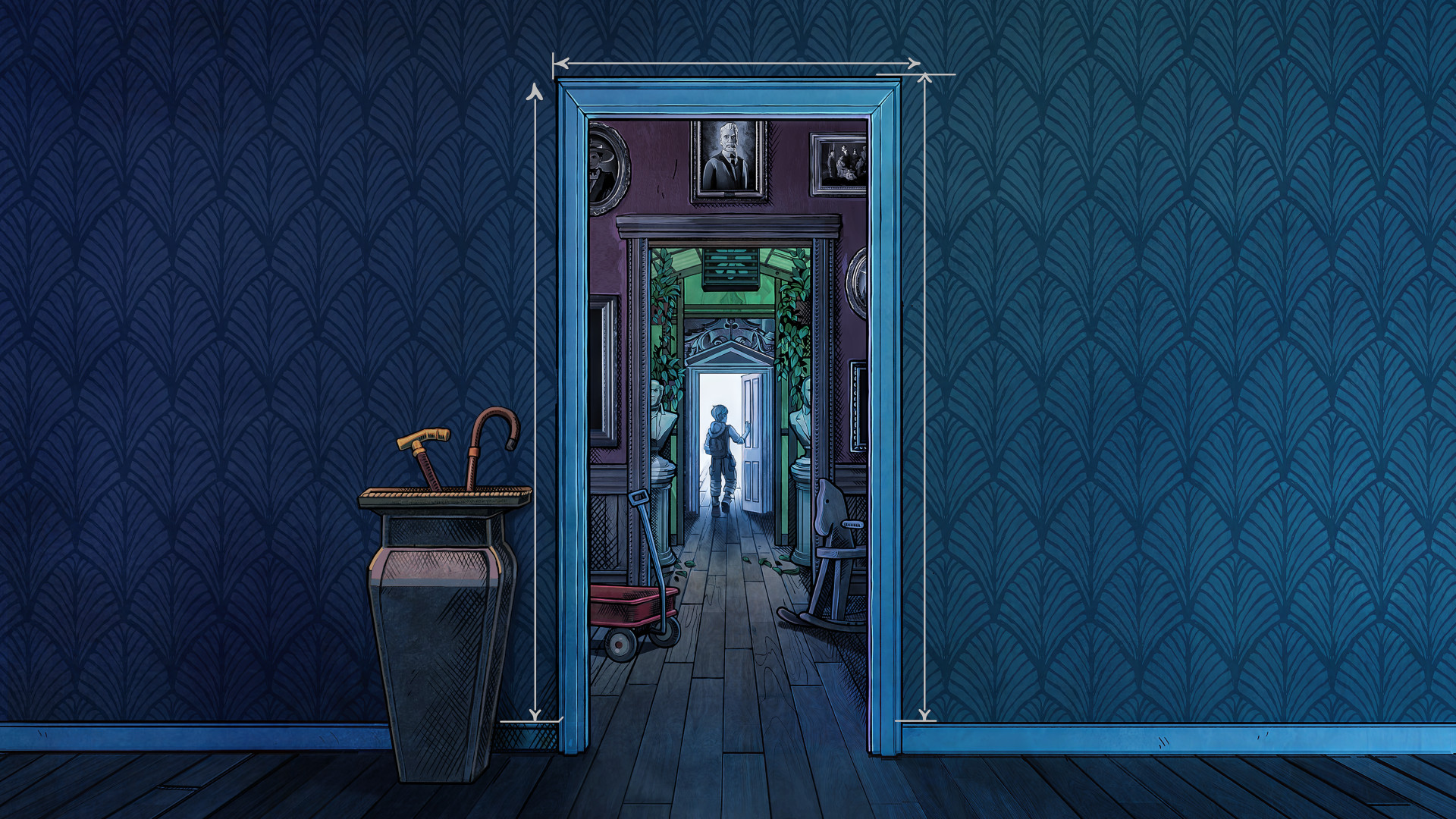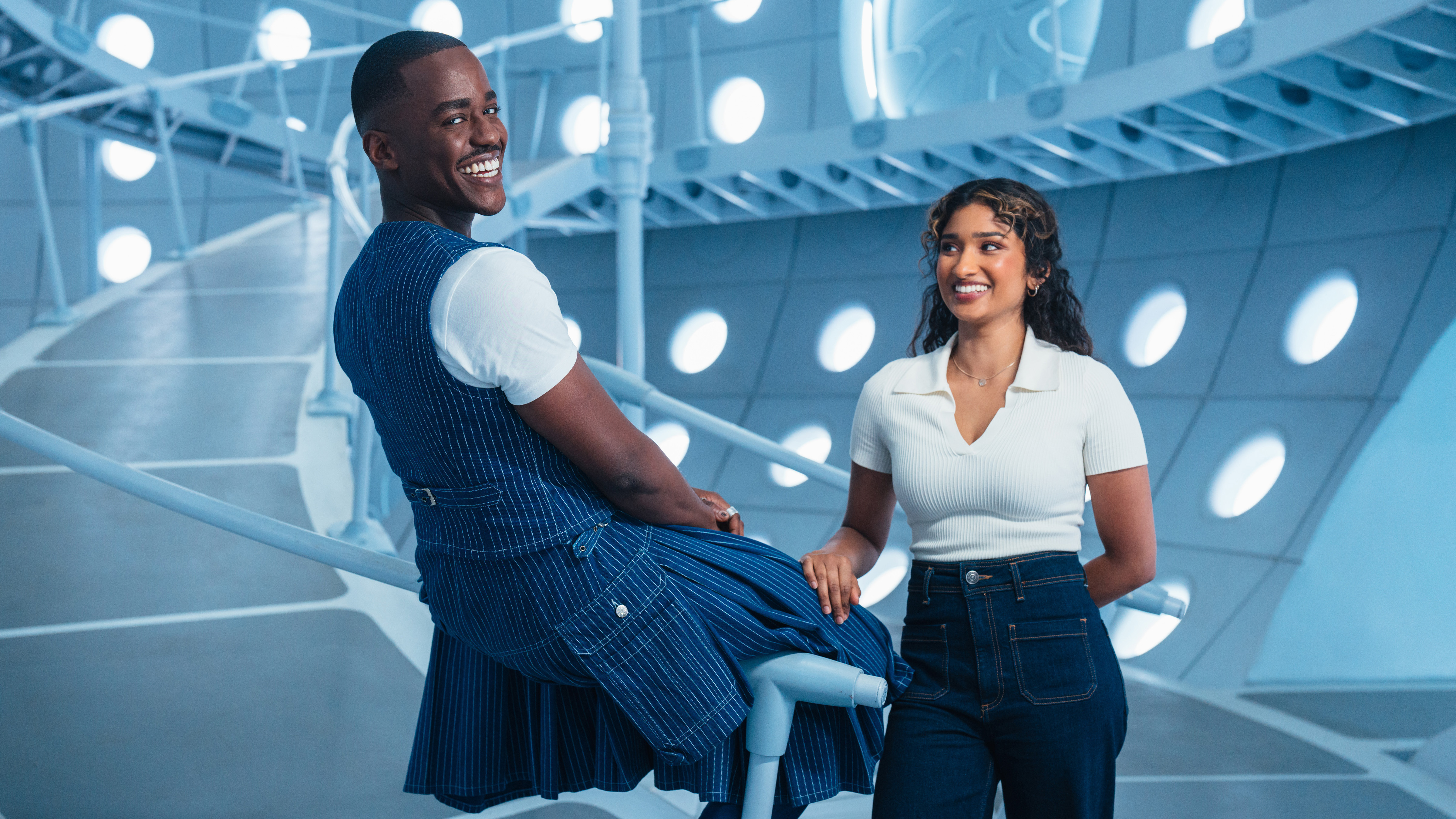Should you upgrade your TV for the Switch 2?
Prepare for the Switch 2 with the perfect panel.
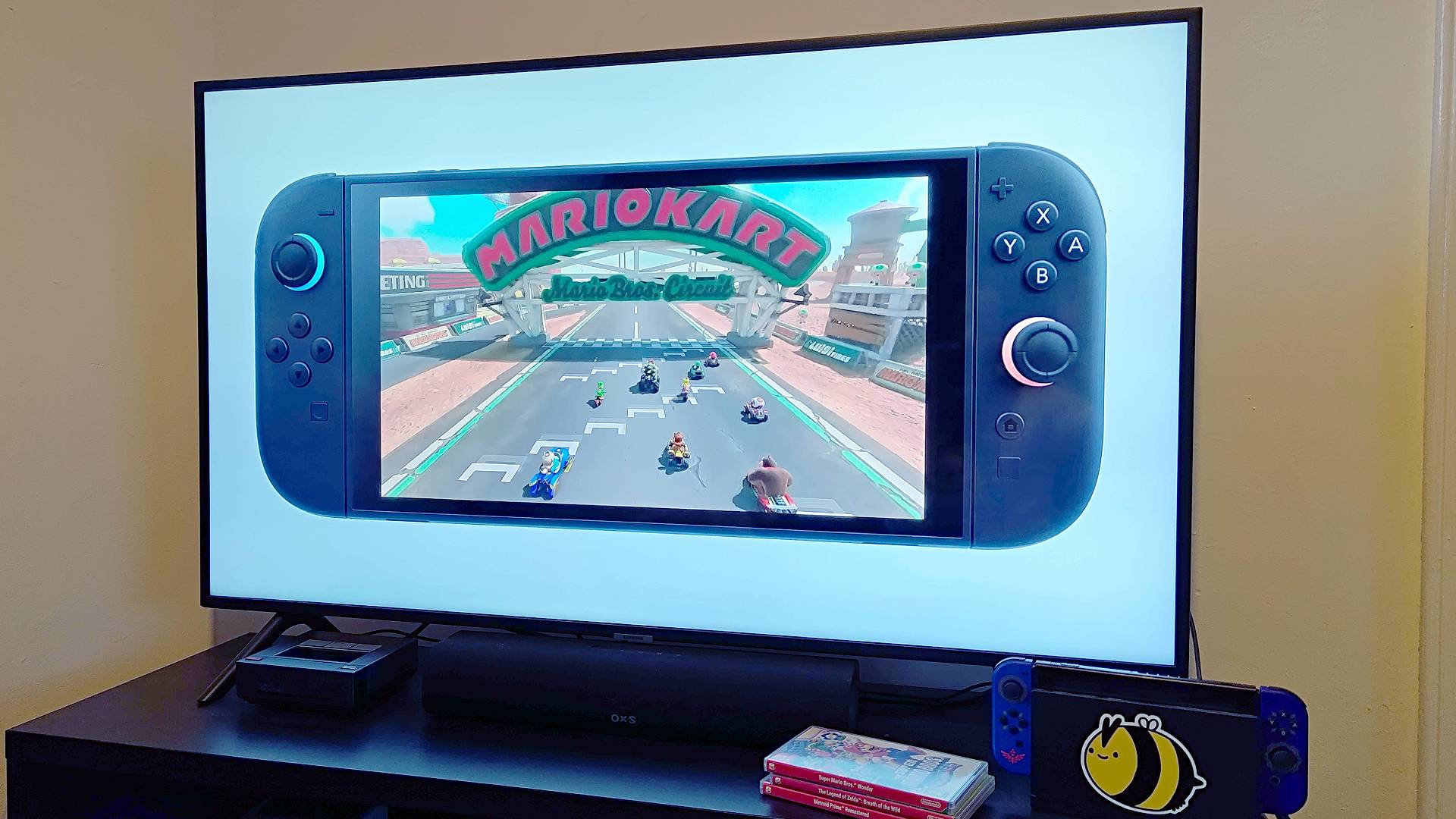
Pondering whether you should upgrade your TV for the Switch 2? I've been asking myself the same question since Nintendo's teaser trailer dropped, and I'm not just looking for an excuse to buy a new living room display. In fact, there's a good chance that you won't benefit from pairing the handheld with a shiny new panel if your screen is only a few years old, even if the console does boast next-gen abilities.
There's still much to learn about the Nintendo Switch 2, but it's safe to say it'll pair nicely with the best gaming TVs out there. The OG gaming handheld will look stunning on those same OLED and mini LED screens too, but since the console is set to feature 4K capabilities and new AI upscaling tricks, there's now more reason to aim for a screen with enhanced clarity and sharpness.
Technically speaking, you don't need a TV at all to play Switch 2. Sure, the handheld comes with a dock that boasts HDMI output, but you could simply treat it like a portable console and avoid external screens altogether. That said, if you're planning some big Mario Kart nights in the future or just want to kick back on the couch and enjoy the next Zelda game in 4K, you'll want to start thinking about whether your trusty old television is up to the task.
Do you need a 4K TV for Switch 2?
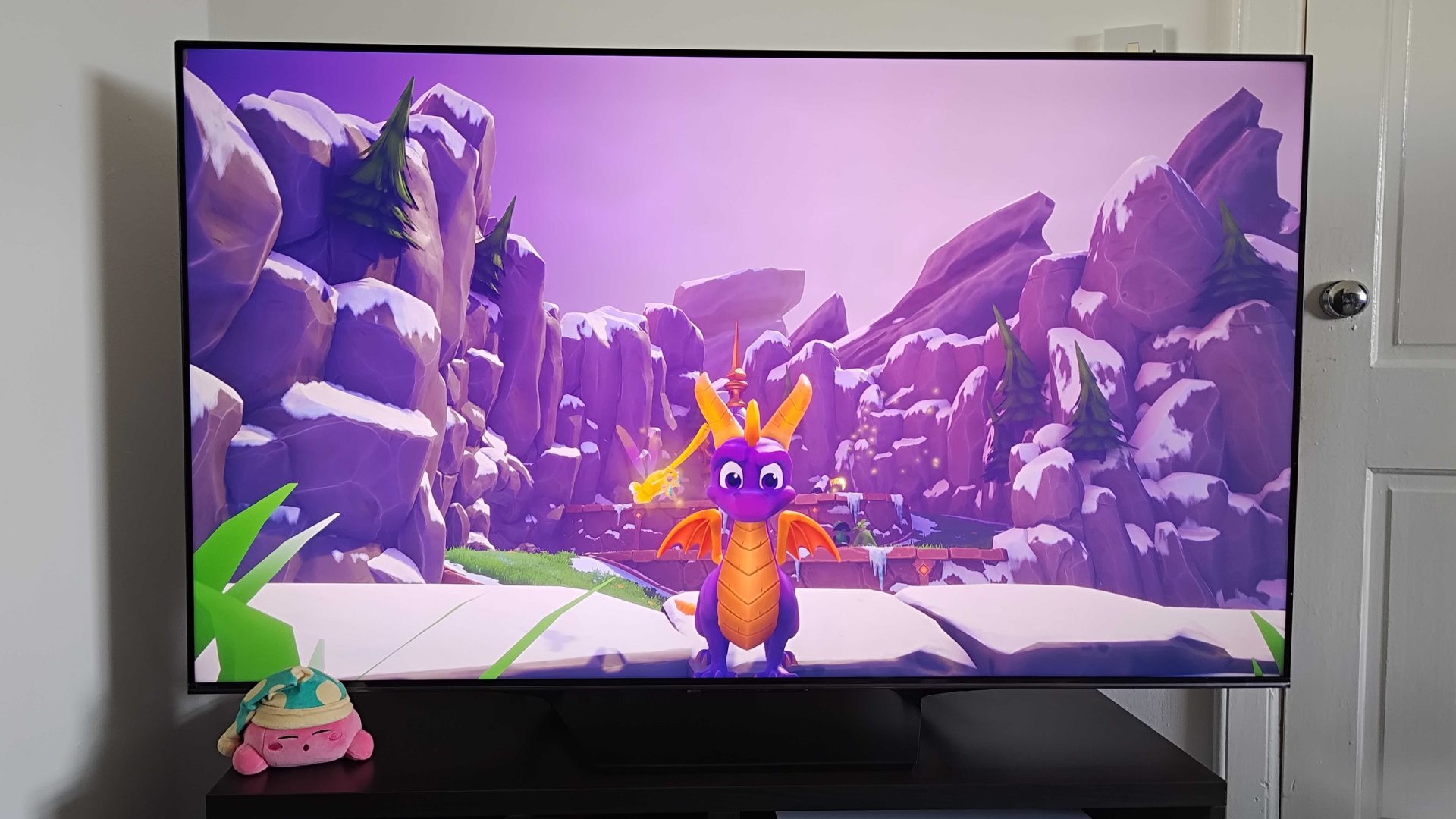
It might be 2025, but you don't need a 4K TV to play Switch 2. Using a UHD display with new consoles naturally comes with benefits, but if you're still rocking a old HD display, you'll be able to use Nintendo's latest console with those screens thanks to HDMI compatibility. Simply put, you won't be forced to use handheld mode upon freeing Ninty's new gadget from its cardboard prison, as even TVs from two decades ago should work just fine.
Will the Switch 2 look good on a 1080p TV? Well, it all depends on the size of your display. Smaller screens can get away with using higher resolutions since the pixels will be less visible at a distance, and even the PS5 Pro looks fairly nice on full HD gaming monitors if you stick to under 27-inch.
The situation changes once you reach over 32-inches, as 1080p starts to looks soft. Provided the Switch 2 does end up supporting 4K resolutions, the experience could end up feeling underwhelming in terms of sharpness since new game textures will be designed with UHD displays in mind. It won't look terrible, but visuals may lack the that extra punch you'd expect from a Switch successor.
Ultimately, you don't need a 4K TV for the Switch 2, but using one makes a lot of sense. Resolution isn't going to make or break your experience alone, and picking up a cheap UHD screen isn't always a fidelity silver bullet. That said, the jump from Switch to Switch 2 should be big enough to justify using a native 4K screen, especially if you're currently using a larger 1080p panel.
Sign up to the GamesRadar+ Newsletter
Weekly digests, tales from the communities you love, and more
Will Switch 2 work with 120Hz TVs?
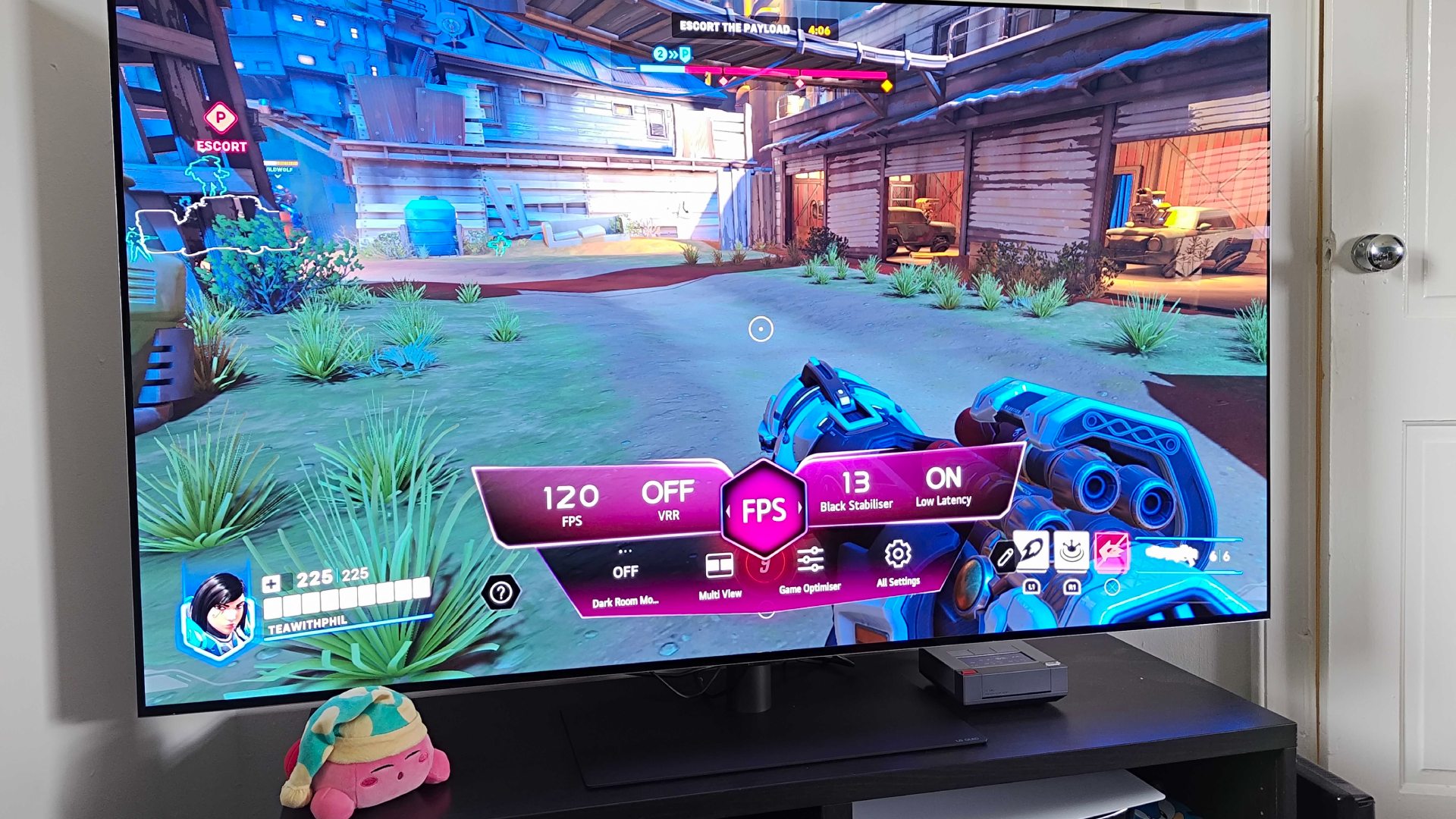
Now that consoles are able to boost fps to new heights, 120Hz gaming TVs are becoming all the rage. That's not to say support extends to every release, but shooters like Overwatch 2 can run at 4K 120fps on the PS5 and Xbox Series X. In theory, the Nintendo Switch 2 could also take advantage of high refresh rates, but I'm not convinced you should buy an 120Hz specifically for the handheld.
The Switch 2 will work just fine with 120Hz TVs since faster panels will happily receive a 60Hz signal. For those of you not in the know, that's the standard refresh rate that has been traditionally used by televisions in the US for decades, and even the UK has since switched from its 50Hz standard.
Whether or not it's worth playing Switch 2 at 120Hz fully depends on frame rates, as you'll ideally want to hit near 120fps to make use of the faster refresh rate. Considering Overwatch 2 on the OG Switch runs at 30fps, it feels like 4K 120Hz could be a stretch for the handheld. But Blizzard could, in theory, add downscale things to 1080p to accommodate faster visuals, in turn providing players with a reason to use an 120Hz screen.
In that scenario, using a 120Hz TV makes a lot of sense, and if the new Joy-Cons end up providing gaming mouse functionality, we could be looking at a new way to play high frame rate shooters. However, faster refresh rate panels can cost a pretty penny compared to their 60Hz counterparts, and since most games will likely end up running at 60fps max, it's not worth prioritizing a faster display just for Nintendo's new console.
Should you use an OLED TV with Switch 2?
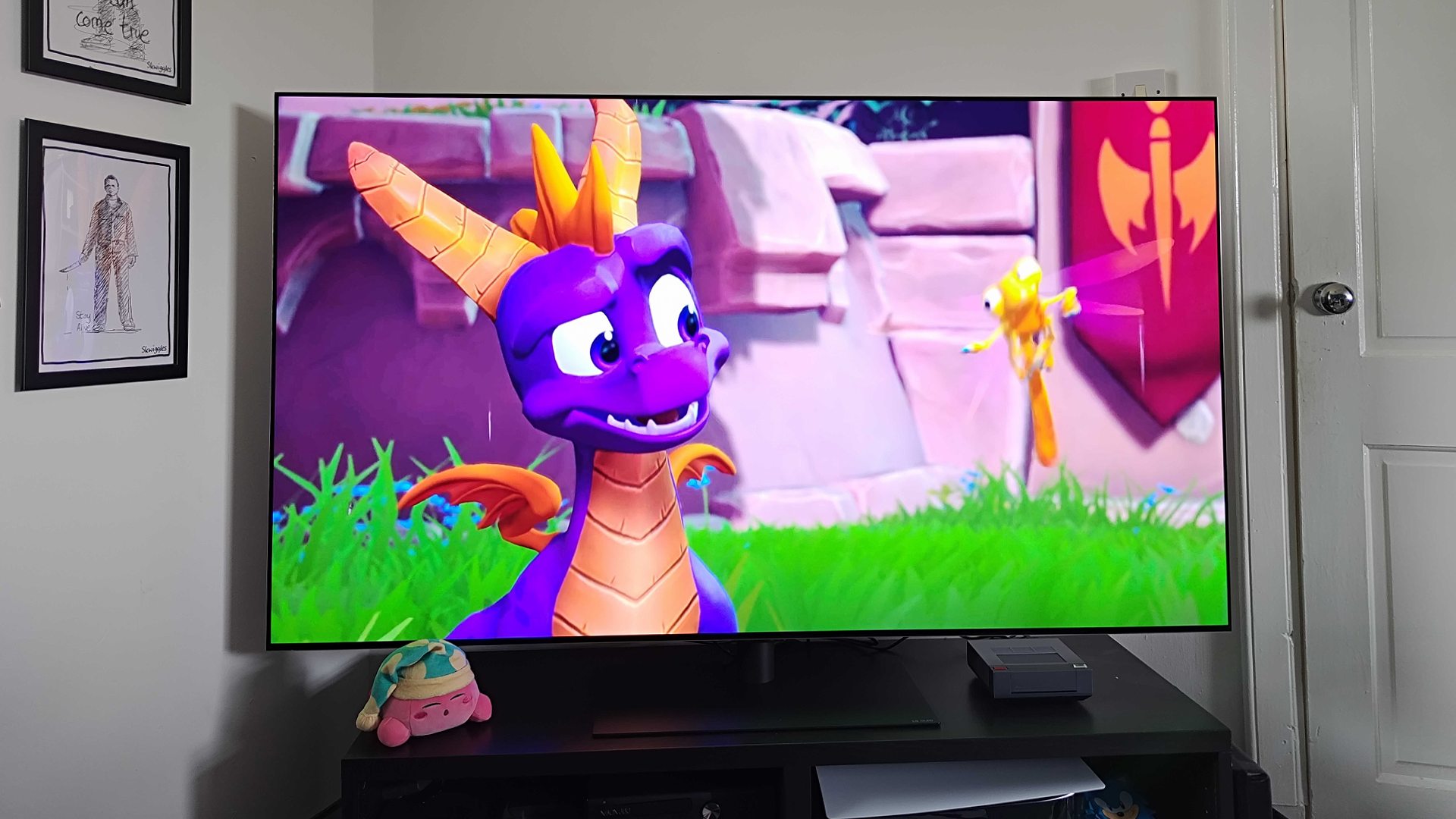
I'm a huge fan of OLED gaming TVs, and the panel-type would feature in my dream Switch 2 setup. Since most of Ninty's own adventures are cartoon capers with vibrant fantastic worlds to explore, aiming for elevated contrast and colors makes a lot of sense. The only problem is that some of the best options out there, like the LG OLED G4, will run you well over $2,000 for a 55-inch model, and even the cheapest panels come in at around the grand mark.
If you've been using an older LED TV up till now, I'd argue that you could upgrade to mini LED and still give Switch 2 visuals a glow-up. Features like local dimming will help improve contrast tenfold, not to mention colors will look notably nicer compared to yesteryear's LCD setups. I had a blast playing Mario Kart 8 on the OG Switch using the 65-inch Hisense U7N, and I can only imagine the Switch 2 would look even more striking on the affordable display.
Of course, if you've been rocking a Switch OLED all this time, you might be used to exploring Nintendo's wonderful worlds on a screen with elevated vibrancy. That could lead you to thinking things look a bit meh in handheld mode, and using an external screen with the same panel capabilities could make up for the console's integrated display shortcomings. That's not to say the Switch 2's screen will be inherently bad, but you might miss those inky blacks and richer color pallets.
Do you really need to upgrade your TV for the Switch 2?
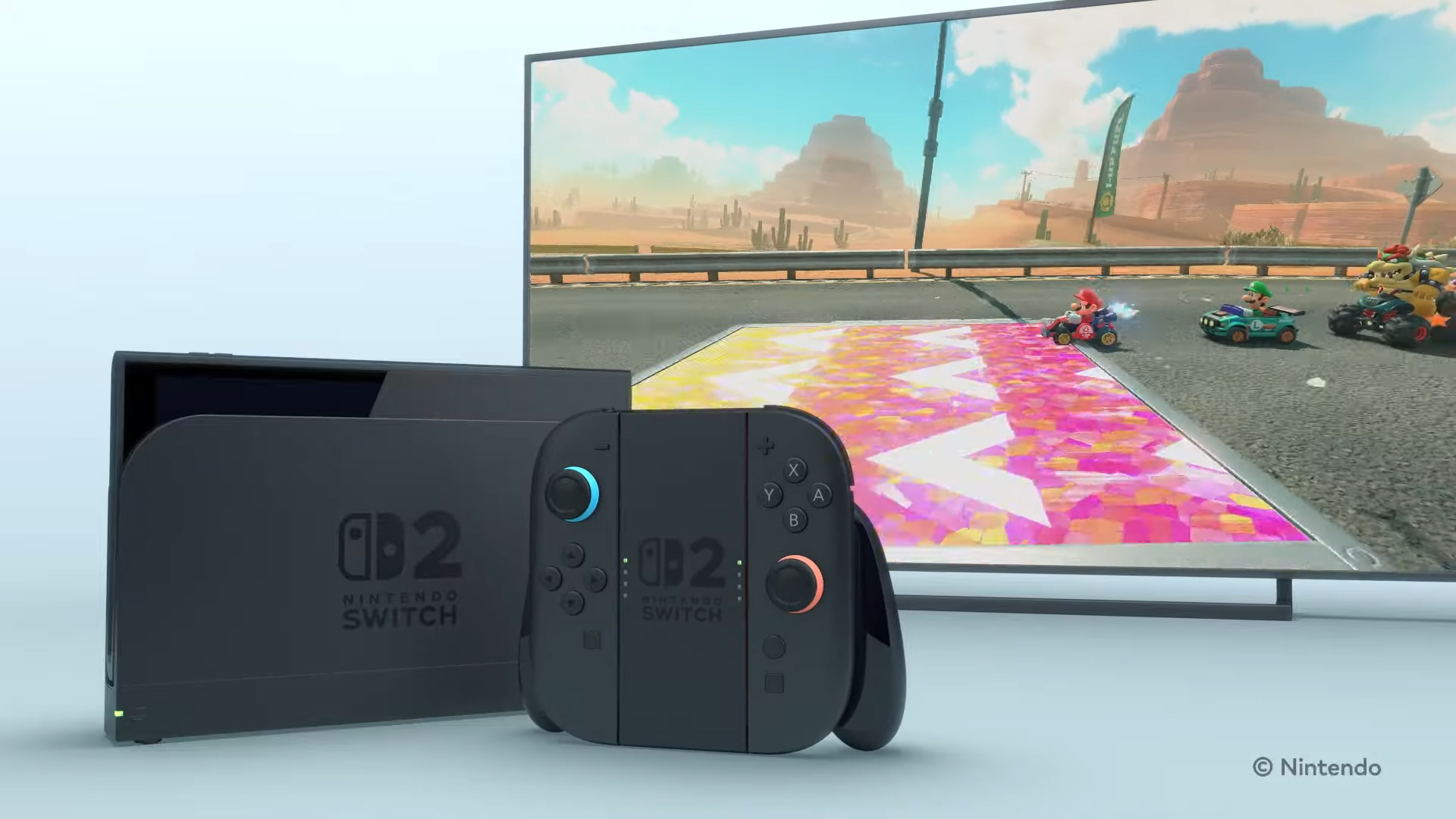
As I've already touched on, you don't need to upgrade your TV if you pick up a Switch 2. There are various reasons why you might want a new display, especially if you've yet to invest in a 4K display. But, as long as you've got a screen with an HDMI input, Nintendo's new console should work just fine.
If you do decide to grab a new gaming TV for your Switch 2, I'd start off by looking at mini LED screens with an affordable price tag. Chances are that you're currently using an aging LCD model if you've not upgraded your panel in a few years, and even the shorter leap to QLED will provide you with an evenly lit screen, improved colors, and better sharpness overall.
Opting for an OLED display will ultimately take your Switch 2 visuals to the next level, effectively helping the new hardware look its best with tremendous colors, contrast, and even tricks like micro lens array (MLA) tech if you go for a premium LG model. It's a bit too early to tell if the inherent faster refresh rates of expensive displays will come in handy too, but picking up a 120Hz or even 144Hz screen will futureproof your setup overall.
Looking for more displays? Swing by the best TV for PS5 and Xbox Series X and the best 4K TV for gaming. Alternatively, check out the best 120Hz 4K TVs for a selection of faster panels.

I’ve been messing around with PCs, video game consoles, and tech since before I could speak. Don’t get me wrong, I kickstarted my relationship with technology by jamming a Hot Wheels double-decker bus into my parent’s VCR, but we all have to start somewhere. I even somehow managed to become a walking, talking buyer’s guide at my teenage supermarket job, which helped me accept my career fate. So, rather than try to realise my musician dreams, or see out my University degree, I started running my own retro pop culture site and writing about video games and tech for the likes of TechRadar, The Daily Star, and the BBC before eventually ending up with a job covering graphics card shenanigans at PCGamesN. Now, I’m your friendly neighbourhood Hardware Editor at GamesRadar, and it’s my job to make sure you can kick butt in all your favourite games using the best gaming hardware, whether you’re a sucker for handhelds like the Steam Deck and Nintendo Switch or a hardcore gaming PC enthusiast.
